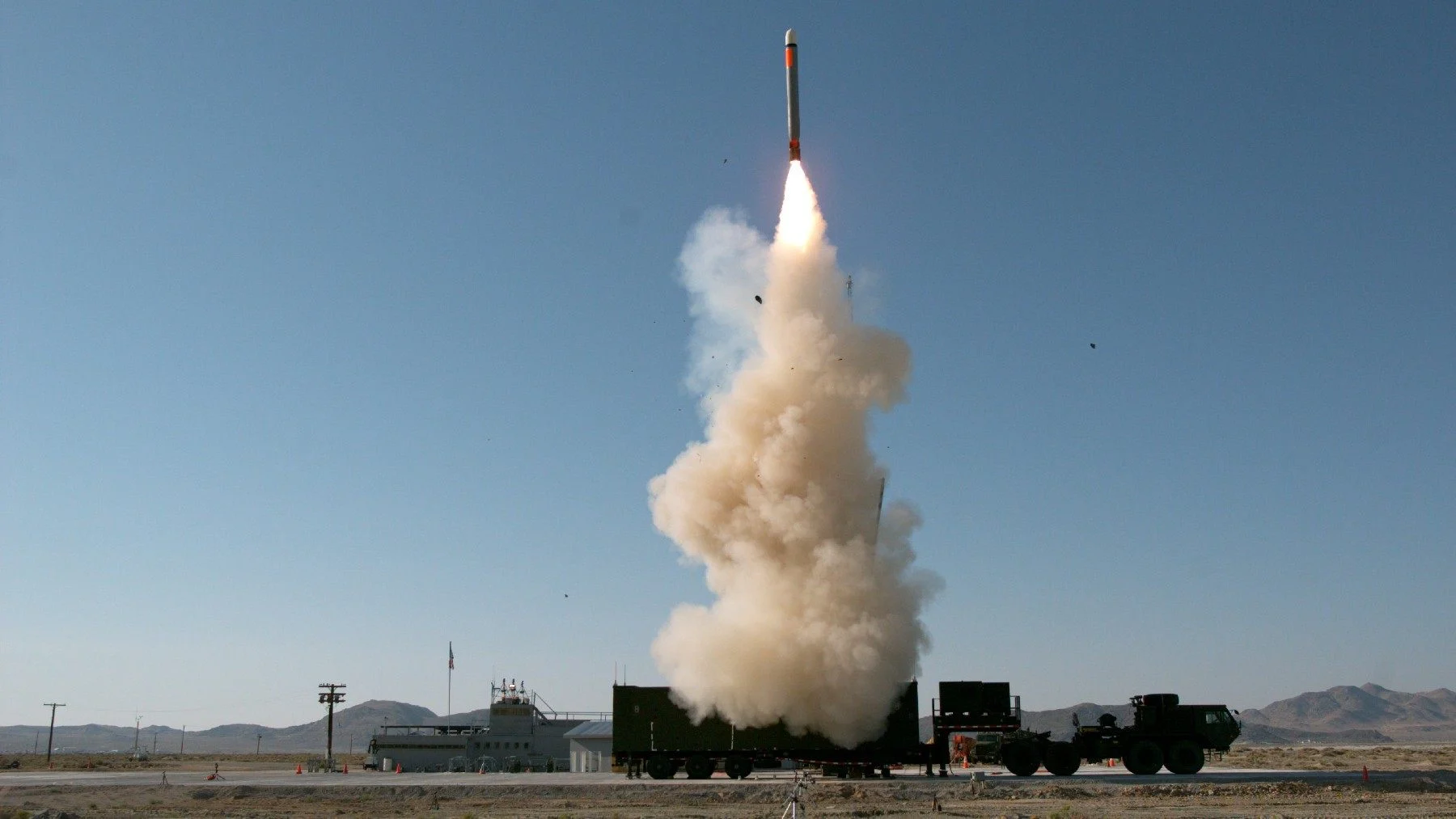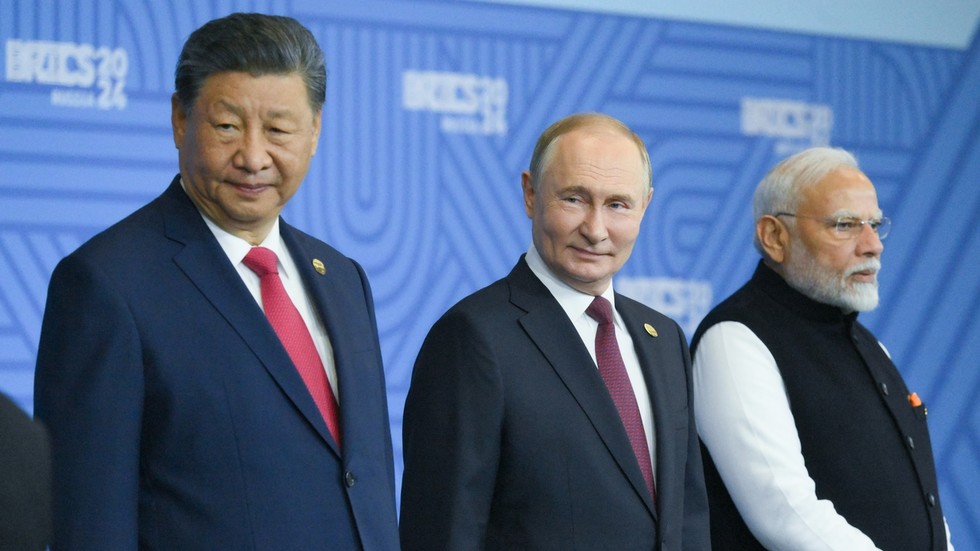By Seong Hyeon Choi
Copyright scmp

The first deployment of the US Typhon missile system in Japan is designed to “complicate” China’s military planning and may prompt it to improve its counterstrike systems, according to defence analysts.
On Monday, the US military showcased the weapons system at a marine base in Iwakuni in the southwest of Honshu ahead of the annual two-week Resolute Dragon field training exercise.
The joint drills involve around 20,000 Japanese and US troops along with other warships and missile batteries.
Colonel Wade Germann, commander of the task force that operates the Typhon, said the missile system would be removed from Japan after the exercise, but declined to say where it would be stationed next or whether it would return to the country.
The system – also known as the Midrange Capabilities System – was deployed in the Philippines in April last year during a similar joint exercise.
That was the first time such a weapons system had been deployed in the Asia-Pacific region since the 1987 US-Soviet Intermediate-Range Nuclear Forces Treaty prohibited the development and possession of nuclear and conventional land-based missiles with a range between 500km (310 miles) and 5,500km.
The US pulled out of the treaty in 2018 – during Donald Trump’s first term as president – saying Russia had not honoured the agreement.
The ground-launched Typhon system can fire either the Standard Missile 6, which has a range of 240km, or the Tomahawk Land Attack Missile, with a range of 2,500km – meaning it could reach China’s east coast or parts of Russia from Japan.
On Tuesday, the Chinese foreign ministry called on the United States and Japan to “promptly withdraw” the missile system.
“The United States and Japan, disregarding China’s solemn concerns, have insisted on deploying the Typhon mid-range missile system in Japan under the pretext of joint exercises,” foreign ministry spokesman Lin Jian said.
Stephen Nagy, a professor of politics and international studies at the International Christian University in Tokyo, said: “It is clear that China is concerned about the deterrence capabilities of the United States and Japan combined.”
He added that if the missiles were permanently deployed across the Japanese archipelago it would provide “more deterrence capabilities against an increasingly assertive China in the East China Sea, South China Sea, and across the Taiwan Strait”.
Beijing sees Taiwan as part of China and has never renounced the use of force to bring it under its control.
Most countries, including the US and Japan, do not recognise Taiwan as independent. However, Washington is opposed to any attempt to take the island by force and is committed to supplying it with arms to defend itself.
China is also developing its own missile systems, especially long-range hypersonic weapons that could strike US bases across the Indo-Pacific.
Its Victory Day parade in Beijing earlier this month also showcased new hypersonic and intercontinental ballistic missiles that could reach the United States.
Tomahawks fired from the Philippines could strike “pretty deep” into China, making the Typhon system a “critical” issue for the People’s Liberation Army, according to Collin Koh, a senior fellow at the Institute of Defence and Strategic Studies at the S. Rajaratnam School of International Studies in Singapore.
“Command centres, ammunition depots, troop concentrations or even airfields and airbases, ports, and all that fall within range. And if you combine that with the deployment in Japan, basically, you’re looking at the Typhon threat to China from two directions,” he said.
“From Japan, it is much closer to some of that key infrastructure in China. In fact, in this case, if you are the Chinese planner, you will feel that the system in Japan poses a much greater danger to you than the one in the Philippines.”
Koh said these planners would treat this as a combined threat and had two ways to respond. One would be to increase their own missile build-up and the other was to “think about how to harden their own infrastructure”.
He added this meant “they need to ramp up the passive protection of their existing PLA key critical infrastructure, like command centres”.
Koh said China had the ability to strike the US territory of Guam with intermediate-range hypersonic missiles or target Hawaii or the continental US with longer-range missiles, but deciding the circumstances when it would strike these targets would not always be “clear-cut”.
Timothy Heath, a senior international defence researcher at the US-based think tank Rand Corporation, said: “The deployment of the Typhon complicates PLA planning.
“If Chinese forces plan to strike Japan’s territory to wipe out US aircraft or ships deployed there, for example, Japan could retaliate by launching the Typhon to hit a wide range of possible targets on China’s coastal area.
“China has both air defences and ample inventories of missiles it could launch in retaliation to strike Japan. China might ramp up air defence modernisation to ensure adequate inventories of air defence missiles, but it already has a massive inventory of ballistic missiles it could launch against Japan as retaliatory strikes.”
Nagy warned there was a risk of a “general war within the region that would include Japan, the United States, Australia and likely other allies”.
He said: “China understands this, but it also is going to continue to engage and invest in counterstrike capabilities to erode away the United States’ advantages.”
He added its “comparative advantage” was the “sheer mass or quantity of counterstrike capabilities that China can deliver in a very narrow sphere in the East China Sea, Sea of Japan or Taiwan Strait” while the US was a “Pacific Ocean away from the conflict zone”.
The US also understood that investing in missile systems and other deterrents would be important in “dissuading Beijing from a forced reunification with Taiwan”, Nagy said.



